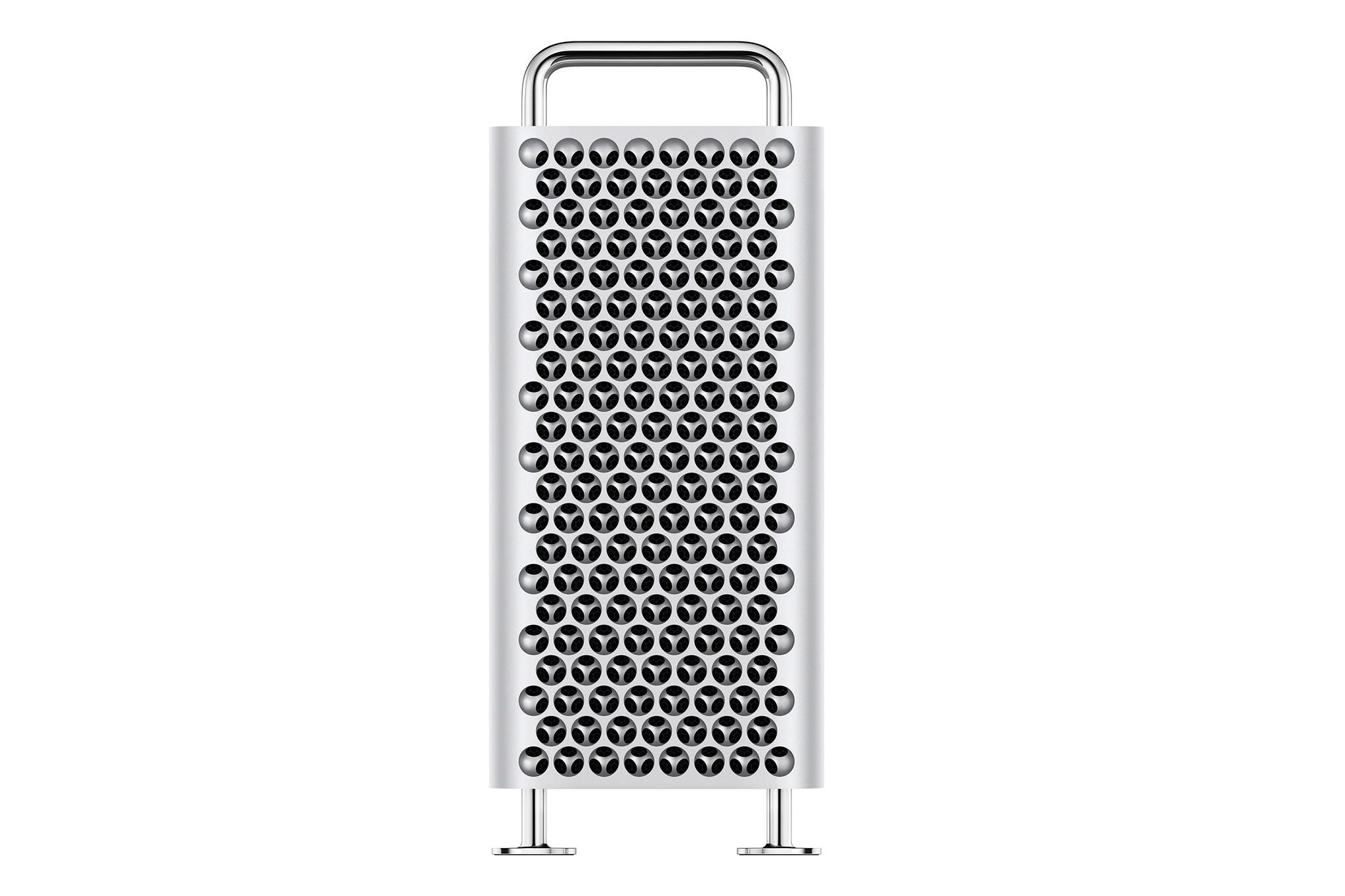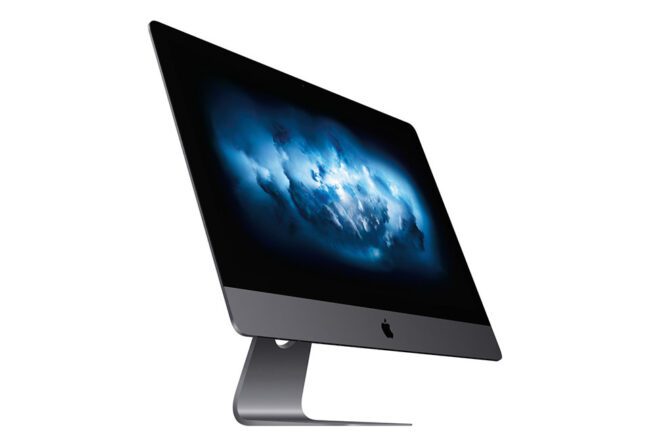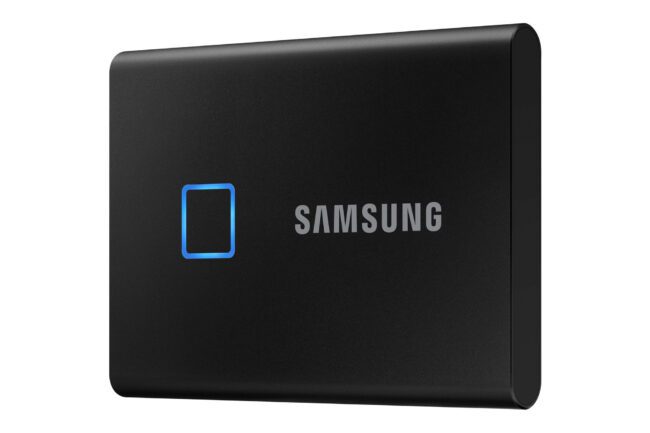How to Buy an Apple iMac for Photography
In this article, I want to focus on purchasing an iMac for photography needs and what types of considerations one has to keep in mind when selecting one. I have had quite a few requests from our readers on this topic and many wonder what type of an iMac would suffice for photography work without breaking the bank. After doing quite a bit of research before purchasing my iMac and consulting with other Mac experts, I believe I found a couple of configuration options that are optimal for photography work for the next few years.
Before we go into the recommended configuration, let’s explore one of the most frequently asked questions – should one get an iMac, iMac Pro or a Mac Pro for photography needs?
كيفية شراء جهاز Apple iMac للتصوير الفوتوغرافي
في هذه المقالة، أريد التركيز على شراء جهاز iMac لتلبية احتياجات التصوير الفوتوغرافي وأنواع الاعتبارات التي يجب على المرء مراعاتها عند اختيار واحد. لقد تلقيت عددًا لا بأس به من الطلبات من قرائنا حول هذا الموضوع ويتساءل الكثيرون عن نوع جهاز iMac الذي سيكون كافيًا لأعمال التصوير الفوتوغرافي دون إنفاق الكثير من المال. بعد إجراء قدر كبير من البحث قبل شراء جهاز iMac الخاص بي والتشاور مع خبراء Mac الآخرين، أعتقد أنني وجدت بعض خيارات التكوين المثالية لأعمال التصوير الفوتوغرافي خلال السنوات القليلة القادمة.
قبل أن ننتقل إلى التكوين الموصى به، دعنا نستكشف أحد الأسئلة الأكثر شيوعًا – هل يجب على المرء الحصول على iMac أو iMac Pro أو Mac Pro لاحتياجات التصوير الفوتوغرافي؟
In this article, I want to focus on purchasing an iMac for photography needs and what types of considerations one has to keep in mind when selecting one. I have had quite a few requests from our readers on this topic and many wonder what type of an iMac would suffice for photography work without breaking the bank. After doing quite a bit of research before purchasing my iMac and consulting with other Mac experts, I believe I found a couple of configuration options that are optimal for photography work for the next few years.
Before we go into the recommended configuration, let’s explore one of the most frequently asked questions – should one get an iMac, iMac Pro or a Mac Pro for photography needs?
كيفية شراء جهاز Apple iMac للتصوير الفوتوغرافي
في هذه المقالة، أريد التركيز على شراء جهاز iMac لتلبية احتياجات التصوير الفوتوغرافي وأنواع الاعتبارات التي يجب على المرء مراعاتها عند اختيار واحد. لقد تلقيت عددًا لا بأس به من الطلبات من قرائنا حول هذا الموضوع ويتساءل الكثيرون عن نوع جهاز iMac الذي سيكون كافيًا لأعمال التصوير الفوتوغرافي دون إنفاق الكثير من المال. بعد إجراء قدر كبير من البحث قبل شراء جهاز iMac الخاص بي والتشاور مع خبراء Mac الآخرين، أعتقد أنني وجدت بعض خيارات التكوين المثالية لأعمال التصوير الفوتوغرافي خلال السنوات القليلة القادمة.
قبل أن ننتقل إلى التكوين الموصى به، دعنا نستكشف أحد الأسئلة الأكثر شيوعًا – هل يجب على المرء الحصول على iMac أو iMac Pro أو Mac Pro لاحتياجات التصوير الفوتوغرافي؟



 Samsung Touch Portable SSD is very small and fast
Samsung Touch Portable SSD is very small and fast
تعليق